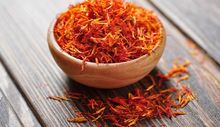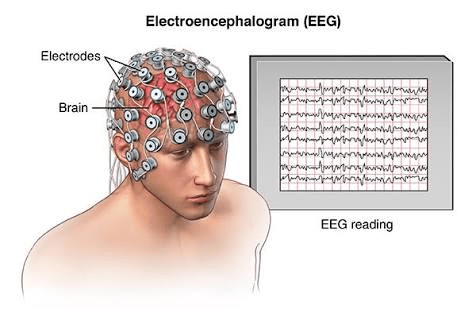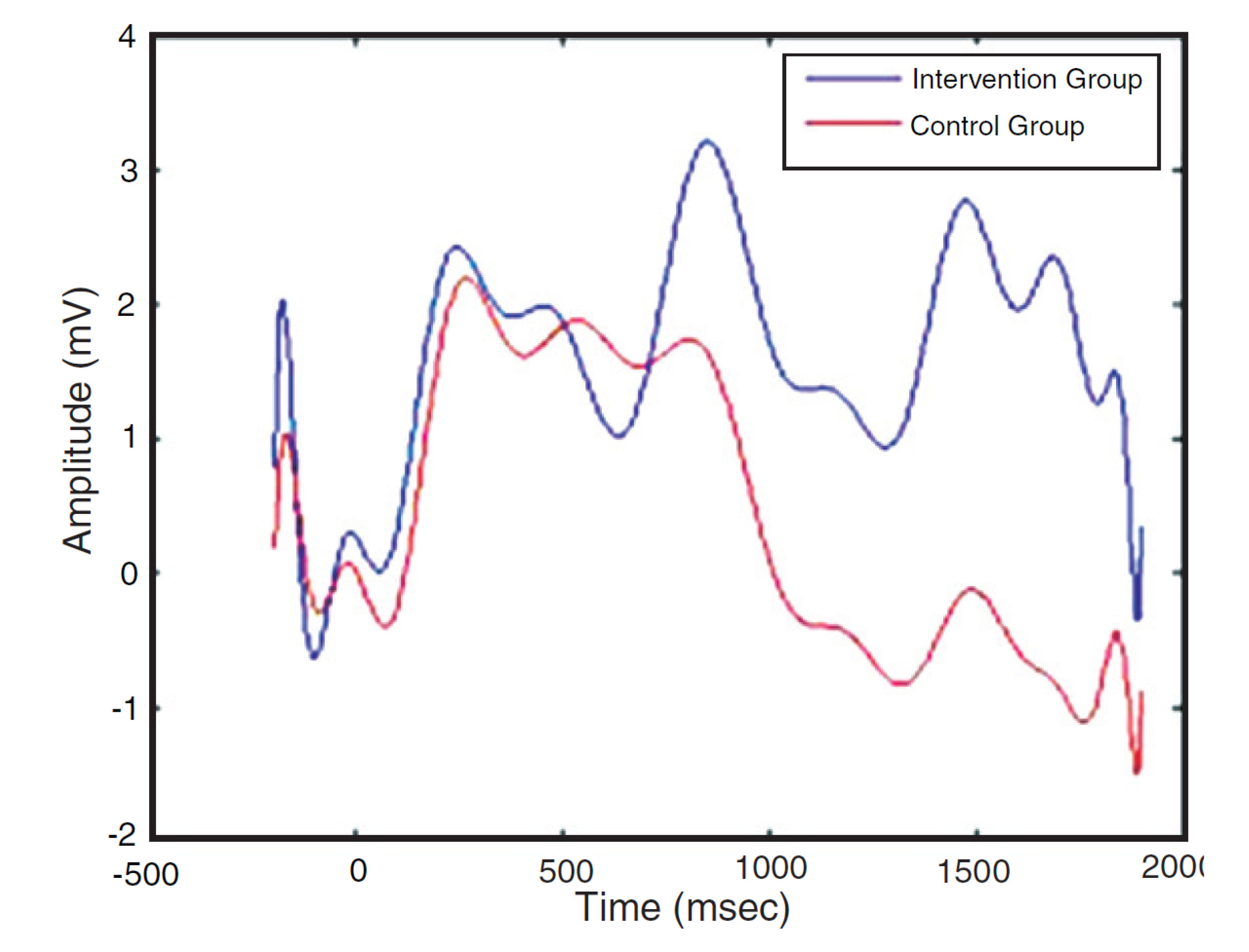
Electroencephalography (EEG) is a recording of fluctuating electrical waveforms attained from electrodes placed on the scalp of the human brain.

An EEG is used to detect problems in the electrical activity of the brain that may be associated with certain brain disorders.

The P300 response is a deflection in EEG voltage activity that occurs approximately 250 to 500 milliseconds after a person is presented with a stimulus. Measuring latency of the P300 response is important as it is a physiological measure of the speed of psychomotor performance and decision making. People with cognitive impairment have disturbances in P300. It is, therefore, commonly used as a measure of the efficacy of various treatments on cognitive function [1].
With increasing age, P300 wave amplitude declines and latency increases due to a slowing down of information processing and a decline in short-term memory [2]. Depressed patients also have longer P300 latency than non-depressed subjects [3]. A longer P300 latency is also associated with worsening severity of depressive symptoms [4]. It was also demonstrated in one study that depressed, elderly patients who remained symptomatic after antidepressant treatment had longer P300 latency compared with depressed patients who achieved remission [5].
This means that people with depression, particularly elderly patients, have cognitive deficits that can be objectively measured by the P300 response.
The effects of saffron (Crocus sativus) on cognitive activity, particularly P300 activity, has been investigated in one study [6]. In this study, participants with cognitive complaints (average age 71 years) were given saffron and followed up one year later. Their results were compared to controls (elderly people not given saffron).

As demonstrated in the figure above, there were significant improvements in the P300 latency and amplitude in elderly patients taking saffron (blue line) compared to controls (red line). This provides an ‘objective’ measure of the effects of saffron on brain activity.
There were also significantly greater improvements in the Mini-Mental State Examination (a commonly-used measure of cognitive performance) at one-year follow up compared to the controls.
While further research is required, these results provide the first ‘objective’ evidence of the effects of saffron on brain activity. This effect on the brain may be one reason why it is so effective as a treatment for depression.